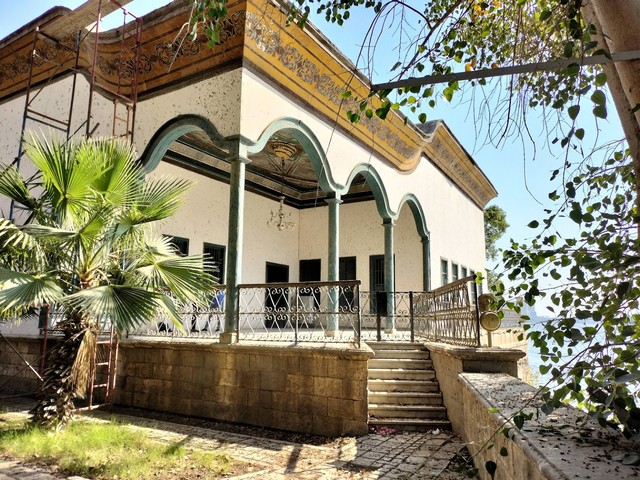A Journey Around the Underrated Al-Rhoda Island Landmarks
architecture heritage Islamic Monuments in Cairo Underrated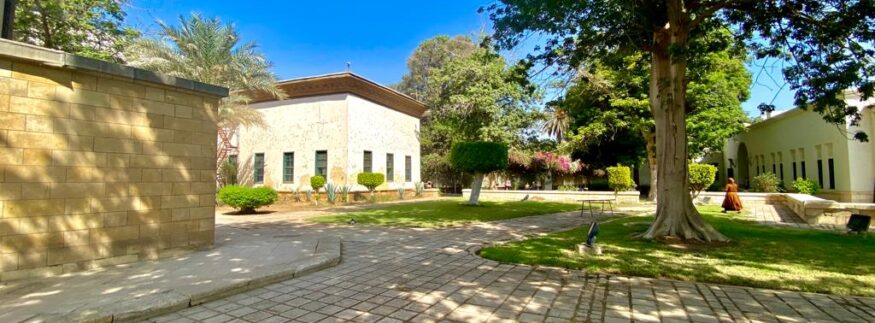
Safy Allam
Deep within the city of Cairo, overlooking the River Nile, overlooked historical landmarks reside. Egypt’s history surpasses its future; each area within has its own story to narrate, with various monuments that preserved their identity and historic charm over the years. Being the capital city of Egypt, Cairo carries so much history to share with its residents that some gems remain unnoticed to this day. But if you look closely enough, you will find a story behind each structure in Cairo, and Al-Rhoda Island’s monuments are no exception.
Manasterly Bridge

To reach Al-Rhoda Island, you will have to cross the Manasterly Bridge that connects to the Nile Corniche. The bridge overlooks a stunning view of the Nile, separating the island from the rest of Cairo. Walking across the bridge, you see the Nile, with boats sailing around and greenery on both sides, casting the perfect shadow over the Nile’s reflection. You will find yourself taking a moment to breathe in the freshness of the air and admire the serenity of the view. The bridge’s construction is stunning, as it was inspired by Ottoman architecture, like the rest of the Al-Rhoda landmarks. Reaching the end of the bridge, a different set of emotions will be experienced beneath the approximately 5-metre-high wooden structure. Again, you will feel the need to pause and admire the beauty of this overwhelmingly unique structure while enjoying the playful sunlight peaking through the stripped dome at the top.
Umm Kulthum Museum
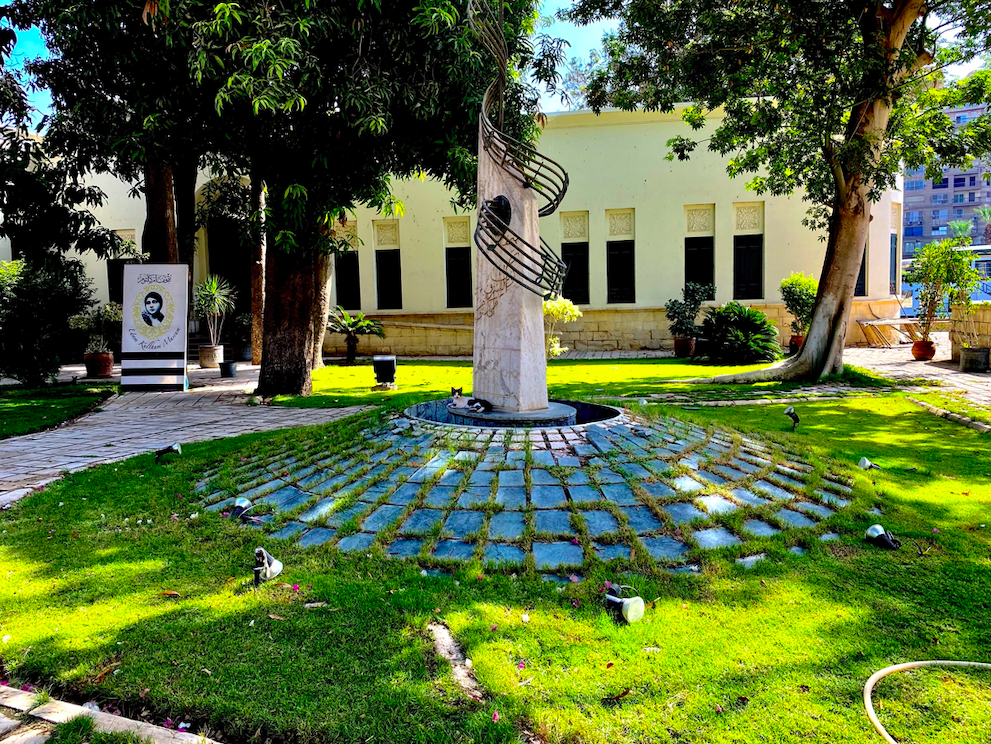
Once you’ve crossed the bridge and entered the complex, the first landmark you will find will be the Umm Kulthum Museum. The museum is an artistic and cultural beacon that preserves the iconic and incomparable singer’s legacy. The landscape around the museum is as impressive as Umm Kulthum herself; it will captivate every bit of your attention. The building itself is decorated with simplicity both inside and outside so as to focus all of the attention on the contents of the museum.
Manasterly Palace
Images via urtrips.com
Right across from the museum, you will find the Manasterly Palace in all its glory, built in 1851 by Hassan Fouad Pasha al-Manasterly, then Governor of Cairo. Looking at the exterior, you will see the wooden decorative stucco patterns around the roof and how the curves of the building mould together, creating a playful appearance to this otherwise serious-looking one-storey structure. A terrace overlooking the Nile surrounds the building on the west, intersecting with another terrace towards the opposite end to integrate nature. It allows a transition between the inside and outside of the building. Inside the palace, the walls and ceilings are adorned with coloured green ornaments and bird figures, highlighting the notable influence of the Ottoman.
Nilometer
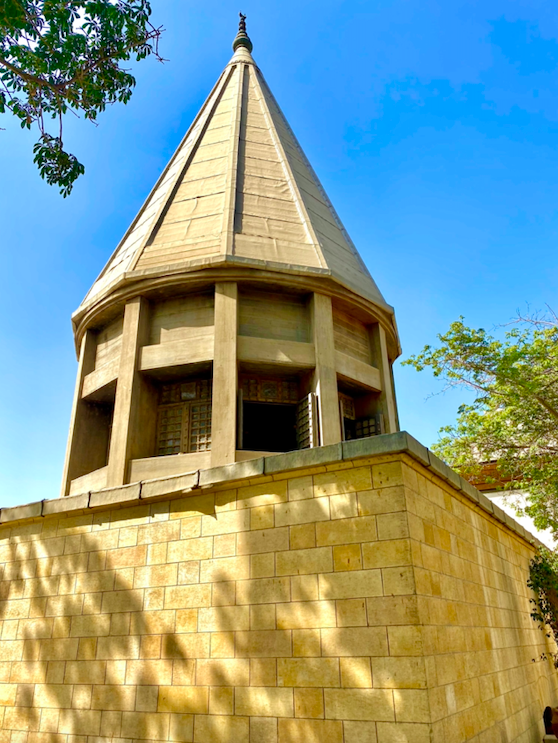
Standing next to the palace is the Nilometer, a historic instrument used to calculate the water level of the Nile during the annual flooding of the river. The Nilometer is topped by a wooden conical roof inspired by Ottoman architecture. To enter the landmark, you have to climb down the stairs as the building is constructed beneath the ground, offering a whole new experience.
The interior is ornately carved with clear-storey windows adorning the conical roof, casting shadows and a hue of sunlight. Visitors can climb the stairs down while revolving around a spolia column that Egyptians used to measure the different water levels. A journey through the Nilometer will leave you captivated with each step you take.
recommended
 Arts & Culture
Arts & Culture
The Coptic Museum: The History of Egypt to the Tunes of Psalms of David
arts & culture cairo museums +4 Health & Fitness
Health & Fitness
Egyptians in the 2024 Summer Olympics
Egyptians in the Olympics Olympics +1 City Life
City Life
Weekend Guide: Bazar by Sasson, Memo, The Cadillacs, Heya Bazaar, Dou, Nesma Herky & More
Concerts The Weekend Guide +2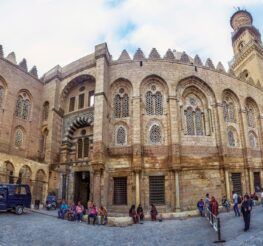 Arts & Culture
Arts & Culture


